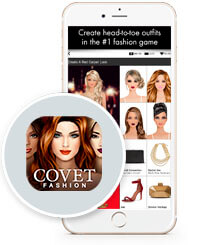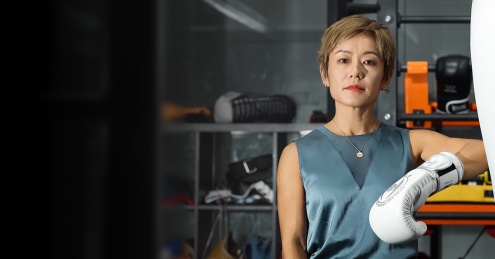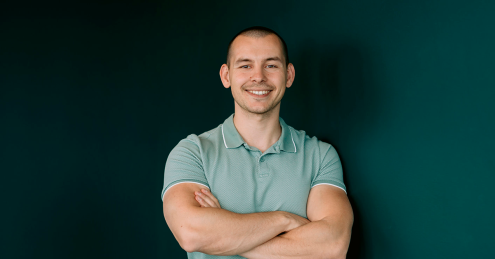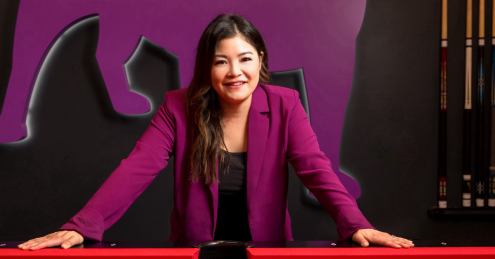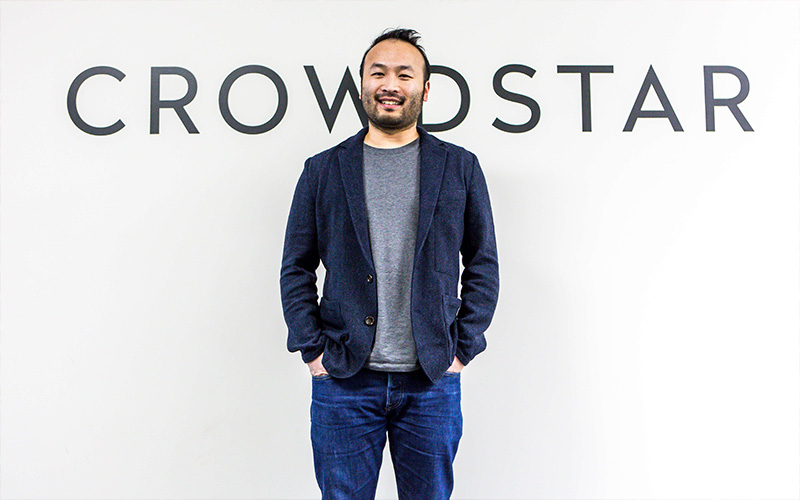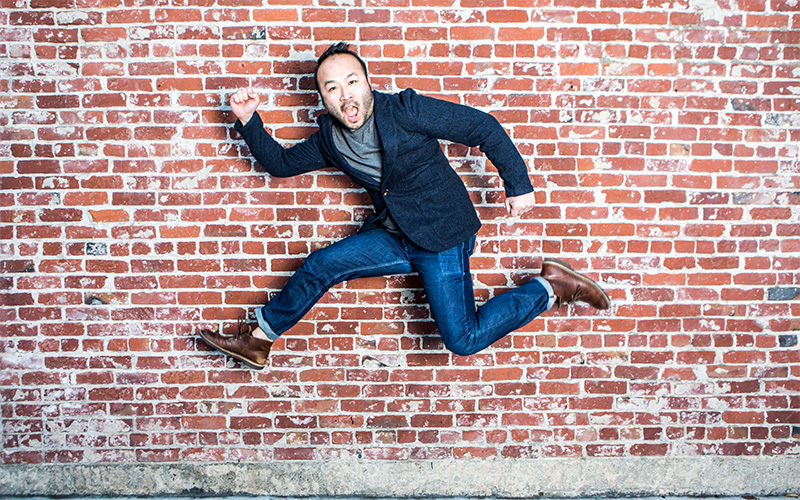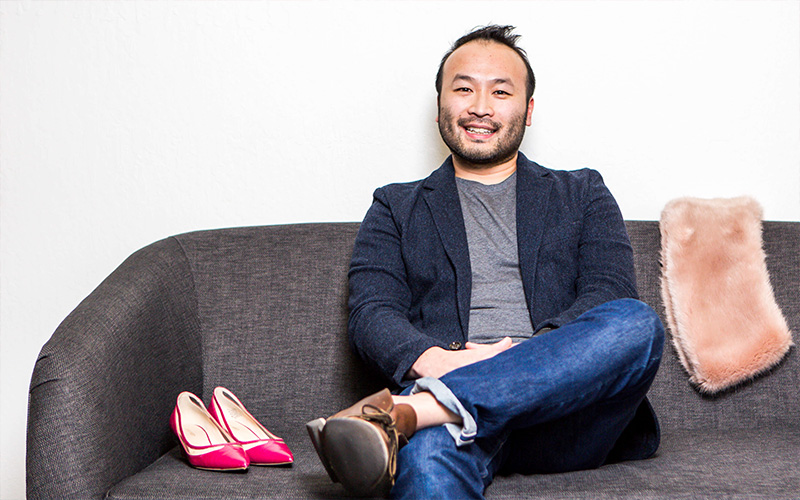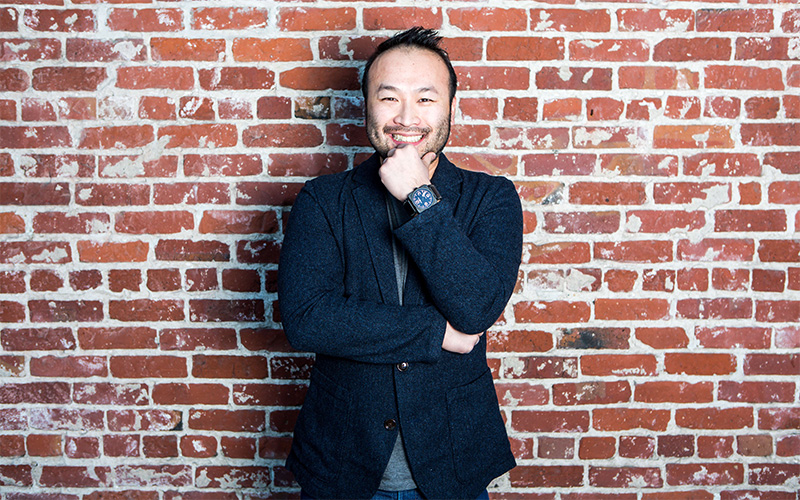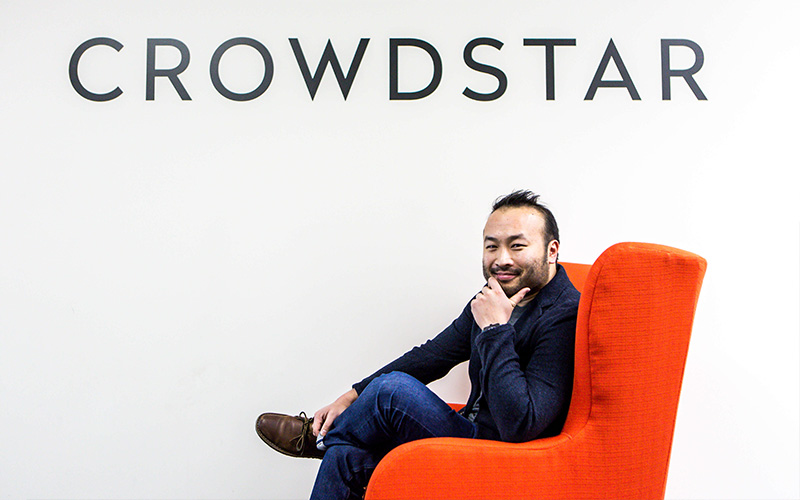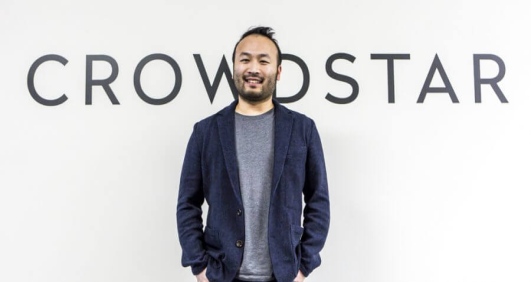Q&A with Haydon
Haydon Young was formerly Senior Manager of User Acquisition and Ad Monetization for Crowdstar, based out of the Bay Area. He oversaw a UA team managing overall budget, strategy, and direction of paid user acquisition for two Top 50 Grossing Games: Covet Fashion and Design Home.
Read Haydon's latest article: "Mobile Marketing Musings with Haydon Young"
How did you get into mobile marketing?
My marketing background started in real estate and project management. I learned traditional fundamentals of marketing by developing a deep understanding of my customers and uncovering what they considered most important in their decision making. This experience helped form my foundation of marketing by establishing the user’s trust and positioning their needs first.
After real estate, I pivoted to the online marketing world working at Commission Junction which opened up my experience to one of the most competitive forms of performance marketing: affiliate marketing. At CJ I was able to work with Fortune 500 companies and top-ranked websites to develop and optimize their affiliate marketing strategy.
I saw mobile as the next platform of marketing and wanted to immerse myself in that world. I quit my job and decided to pursue my dreams of developing my own apps. Along the way, I got connected with developers and artists, and did UA for small companies. From there, I was able to take my experience and found an opportunity at Crowdstar that matched my background.
What do you like most about mobile marketing?
Mobile marketing is one of the most rapidly evolving and competitive platforms in the world. I love that this industry is at the forefront of innovation which encourages new methods and technologies to learn from. Also, ad performance feedback is near real-time. It’s very satisfying to see your ad concepts doing well, especially knowing it’s in one of the most competitive landscapes in the world.
What is the biggest mistake you made as a mobile marketer?
I was hoping that a specific channel of traffic would work based on their inventory demographic, ad placement/promotion type, and how much it aligned with our user base. Since our game was for female users that loved fashion, we thought influencer marketing would be a great channel of high quality traffic. We especially bet on using influencers focused on fashion. However, after a couple of different campaigns, the results weren’t ROI positive. This was a hard pill to swallow — it was so counterintuitive to what I thought.
What does it take to succeed in mobile marketing?
I think there’s 3 main areas that will help in being successful.
- Being analytical, having the ability to make data-driven decisions, and adjusting your marketing mix to achieve those goals.
- Being creative and constantly thinking about how to better deliver your message to the right people on the right channel at the right time.
- And lastly, being adaptable to market changes and learning quickly to what works as this industry evolves. Methods and technologies in use one month could be obsolete the next.
What do you think are the main differences between marketing a gaming app vs a non-gaming app?
The mobile gaming landscape is very competitive. There is a huge challenge to differentiate yourself amongst the crowds to gain mindshare and ultimately get quality installs that provide ROI. Gaming is a form of entertainment and there are so many options for a user to choose from. Developing the right ad concept that speaks to the user and establish that you are the right choice of entertainment for them is what I try to achieve on a daily basis. I tap into the user’s emotional side in my marketing and provide a platform of possibilities.
On the other hand, non-gaming apps have real world implications with products and services that the user can relate to on a daily occurrence. The marketing of those apps can draw upon practical applications in real world settings.
What does a quality mobile user look like to you?
We have a very passionate community of users. They are very vocal on our social channels and within the game’s chat room. A quality user shows high engagement with our events and believes in the value of the product by monetizing. In addition, they also provide value by being involved in the community by helping each other out and being an advocate for the game.
What strategies work best to convert installs into engaged users?
I think the most important things are to understand the core values and benefits of your product, and then to advertise to that target user segment that will derive the most value from it. This involves developing your user profiles and catering your marketing messaging to address that specific demographic and psychographic needs. The product would also need to have a great new user flow, provide interesting and valuable content, along with in-app messaging to keep the user engaged.
What is the biggest challenge in marketing your apps?
One of the biggest challenges is to uncover more sources of traffic that will deliver high ROI installs for a very gender specific user base that is interested in fashion, makeup, and beauty. Ad exhaustion and audience saturation are a constant battle. A rigorous A/B testing plan with new concepts that cater to deeper audience understanding helps mitigate those hurdles.
How do you stay ahead of changes in technology?
I read many industry newsletters and blogs. I also stay connected with colleagues within the industry and ask a lot of questions. Vendors and ad reps also help me stay up to date with the market as they present beta testing opportunities with their new tech. Attending conferences and seminars is also another great way to learn about new changes.
How important is diversifying user acquisition outside of Facebook?
Inventory diversification is very important. Relying on just one source of traffic could chain you to unnecessary risk such as a dramatic increase in acquisition cost giving you no option to shift strategies.
Diversification also gives you a more holistic understanding of the industry and will allow learnings from different channels which you can apply to different campaigns. It’s important to keep in mind the user intent of the platforms which you advertise on and reaching those users at that moment which they are most receptive to your marketing message.
How important are the holidays to your business and what season is the biggest time for you?
During gift giving and major consumer holidays, there’s pockets of opportunity to capture the influx of new device inventory which could lead to lower user acquisition cost. Also, the flood of appstore giftcards along with more free time all contribute to a higher propensity for users to monetize. We also align major fashion content updates along with the changes in seasons: Summer/Fall/Winter/Spring. This cycle keeps the game constantly updated with amazing artwork and style challenges which keeps our users highly engaged.



